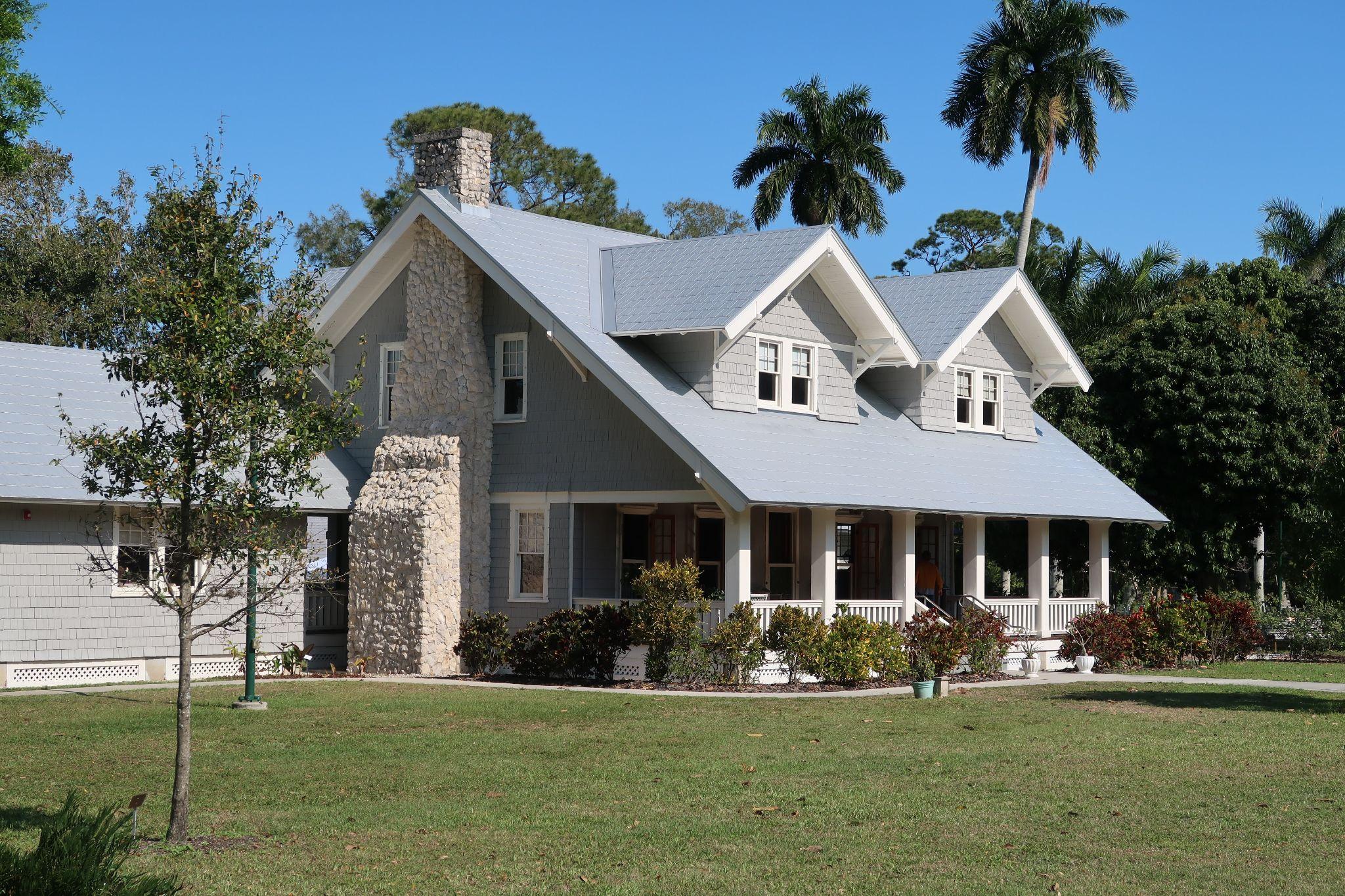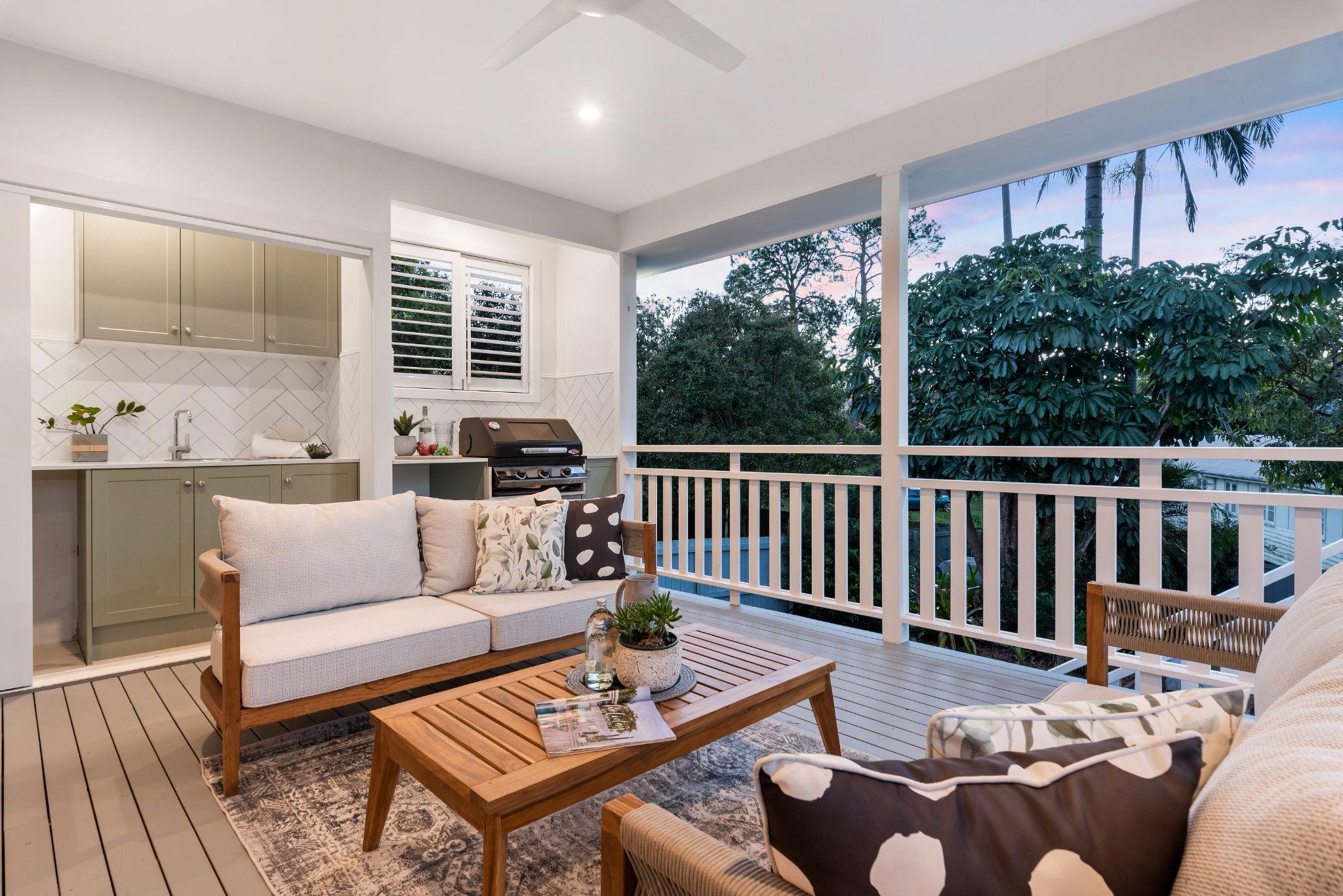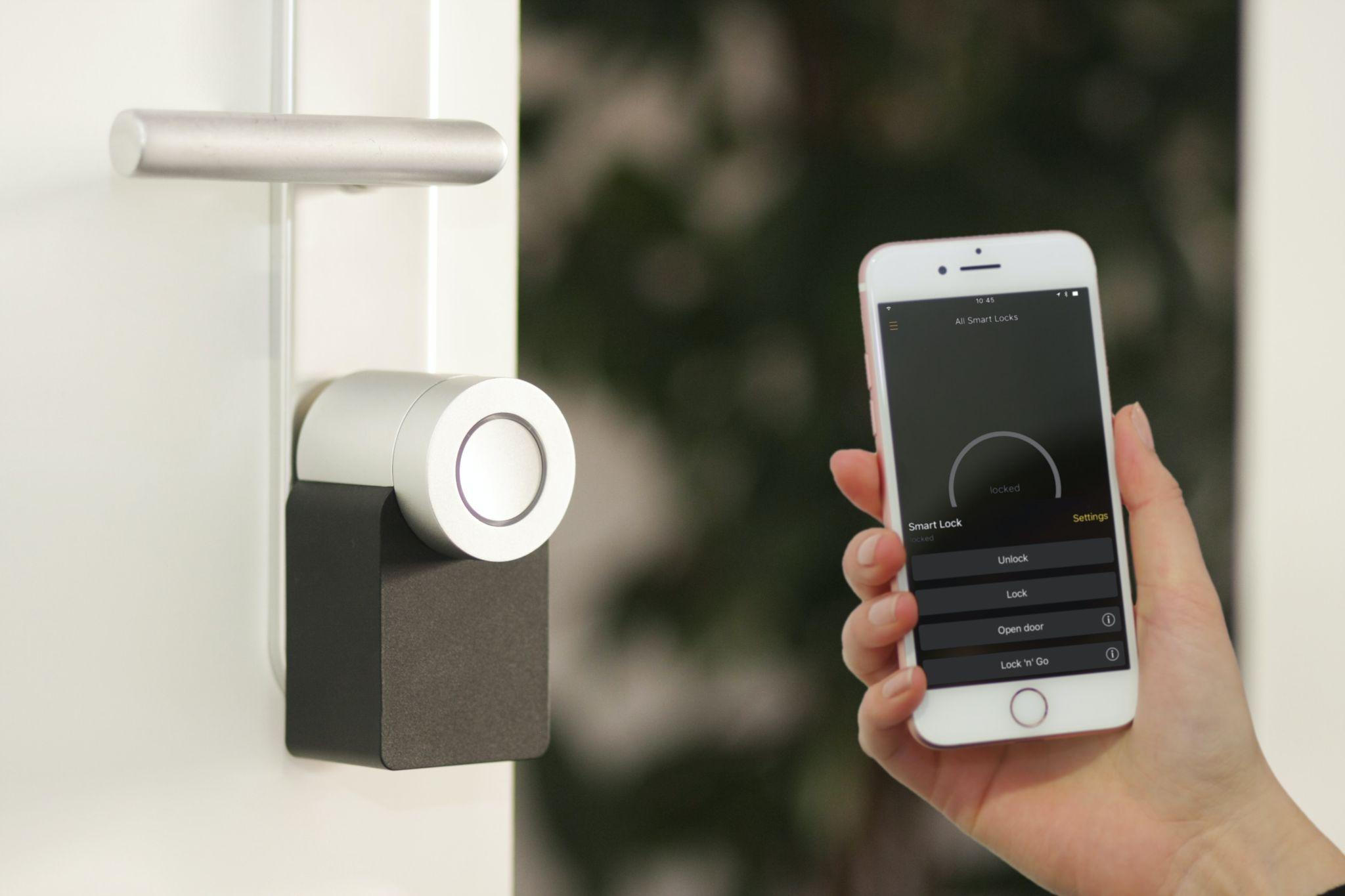
Residential architecture is an ever-evolving industry, and it is fascinating to see how each year brings new trends and styles. As we continue to adapt to the changing needs of homeowners, residential architects and designers are constantly seeking new ways to create homes that are functional, sustainable, and visually appealing. In 2023, there are several exciting architectural trends that homeowners and designers alike can look forward to.
Sustainable and Eco-Friendly Design
In recent years, there has been a growing emphasis on sustainability in residential architecture. In 2023, this trend is expected to continue as more and more homeowners look for ways to reduce their carbon footprint. This means that designers will focus on eco-friendly materials and energy-efficient systems when creating new homes.
One popular trend is the use of recycled or repurposed materials in construction. For example, old shipping containers can be used to create a unique and modern living space, while reclaimed wood can be used for flooring, walls, and furniture.
Energy-efficient systems, such as solar panels, geothermal heating and cooling, and smart home technology, are also expected to become more prevalent in residential architecture. These systems not only reduce the environmental impact of a home but can also save homeowners money on their energy bills in the long run.
Indoor-Outdoor Living Spaces

Another trend that is expected to continue in 2023 is the blending of indoor and outdoor living spaces. Homeowners are increasingly looking for ways to connect with nature and enjoy the benefits of fresh air and natural light.
One popular way to achieve this is through the use of large, sliding glass doors that open up to an outdoor patio or deck. This allows homeowners to seamlessly move between indoor and outdoor spaces, creating a sense of flow and continuity.
In addition to large doors, designers are also incorporating other elements that blur the lines between indoor and outdoor spaces. For example, outdoor kitchens and dining areas, fire pits, and even outdoor showers are becoming more common in residential architecture.
With more and more people spending time at home due to remote work and the pandemic, homeowners are looking for ways to maximize their outdoor space. This trend includes the design of outdoor living rooms, dining areas, and kitchens, as well as the creation of gardens, patios, and decks. These outdoor spaces are often designed to be seamless extensions of the indoor living areas.
Minimalist Design
Minimalist design has been growing in popularity in recent years, and it is expected to continue in 2023. This style is characterized by clean lines, simple shapes, and a focus on functionality. In residential architecture, this means that residential architects will focus on creating homes that are efficient and uncluttered, with a minimalist aesthetic. This could include open floor plans, simple color palettes, and minimal decor.
One advantage of minimalist design is that it can make a home feel more spacious and less cluttered, even in smaller spaces. This makes it an ideal choice for urban areas where space is at a premium.
Smart Home Technology

Smart home technology has been around for several years, but it is expected to become even more prevalent in residential architecture in 2023. This technology allows homeowners to control various aspects of their home, such as lighting, heating, and security, from a smartphone or other device.
In addition to providing convenience, smart home technology can also improve energy efficiency and security. For example, a smart thermostat can learn a homeowner’s preferences and adjust the temperature accordingly, while a smart security system can alert homeowners to potential threats and allow them to monitor their home remotely.
Biophilic Design
Biophilic design is an approach that seeks to incorporate nature into the built environment. This can include features such as living walls, natural light, and views of green spaces.
In residential architecture, biophilic design is becoming increasingly popular as homeowners seek to create a connection with nature. This could include large windows that provide views of the surrounding landscape, or the use of natural materials such as wood and stone.
In addition to providing aesthetic benefits, biophilic design has been shown to have a positive impact on mental health and wellbeing. Studies have shown that exposure to natural light and green spaces can reduce stress and improve mood.
Emphasis on Wellness

The pandemic has also highlighted the importance of wellness, and residential architects are incorporating more features into their designs to promote health and well-being. This could include features such as natural lighting, indoor plants, and air filtration systems.
Another trend in wellness-focused architecture is the creation of dedicated spaces for exercise and relaxation. Home gyms and meditation rooms are becoming more popular, as homeowners seek ways to stay healthy and reduce stress. Additionally, residential architects are incorporating more natural elements into their designs, such as water features and natural materials, to create a calming and relaxing atmosphere in the home.
Flexibility and Adaptability
As lifestyles continue to change, so too do the ways in which we use our homes. This is leading to a trend towards more flexible and adaptable living spaces. In 2023, we can expect to see more homes that are designed to be easily reconfigured or adapted to meet changing needs. For example, a home might be designed with modular walls that can be moved around to create different spaces. Or, a home might have a central living area that can be divided into smaller areas using sliding doors or partitions.
Flexibility and adaptability are also important for multi-generational living. As families increasingly opt to live together, homes need to be designed to accommodate multiple generations and provide privacy and space for everyone.
Smaller Homes
While larger homes have been popular in the past, we can expect to see a trend towards smaller, more compact homes in 2023. This is due in part to the growing demand for sustainable and affordable housing, as well as the desire for homes that are easier to maintain.
Architects are designing smaller homes that are still functional and visually appealing. This could mean creating homes with multi-purpose rooms, built-in storage, and open floor plans that maximize the use of space.
Conclusion
Overall, the trends in residential architecture for 2023 reflect a growing emphasis on sustainability, flexibility, and comfort. Homeowners are looking for homes that are designed to meet their needs, whether it’s for work, play, or relaxation, and that incorporate the latest in technology and design. As the world continues to change, we can expect to change as well.


